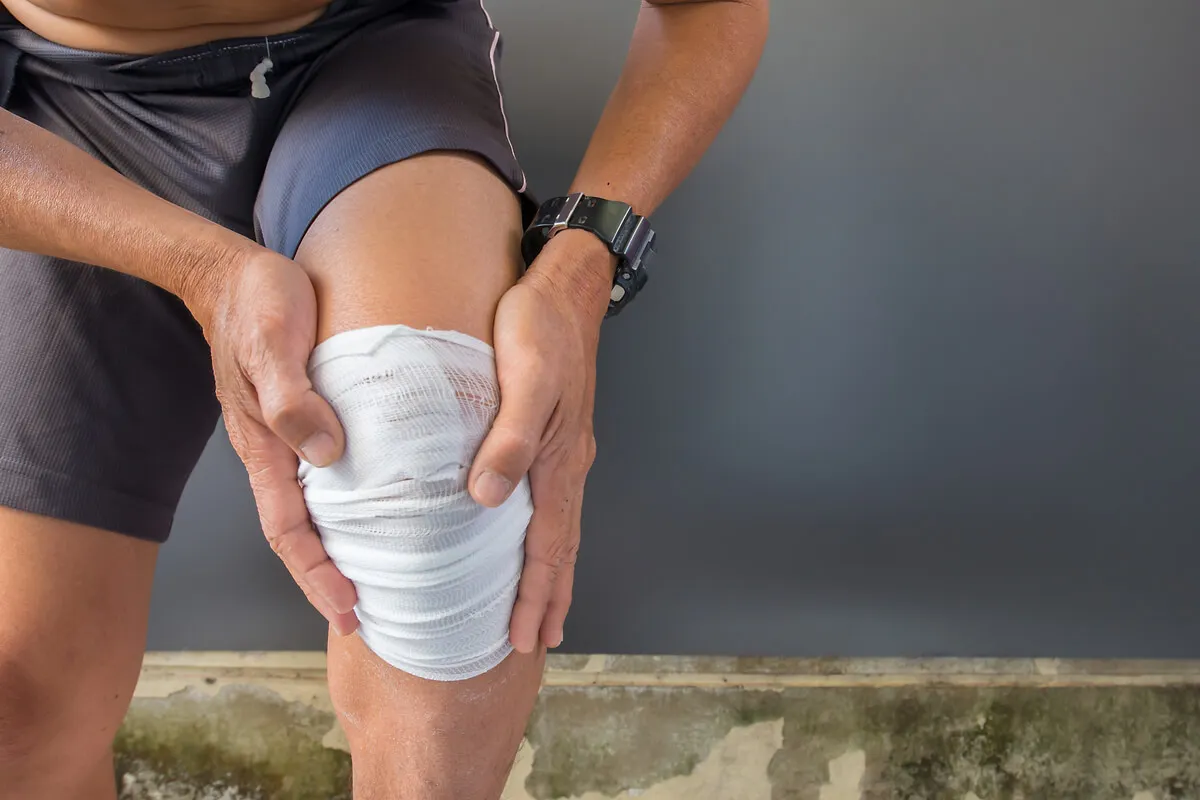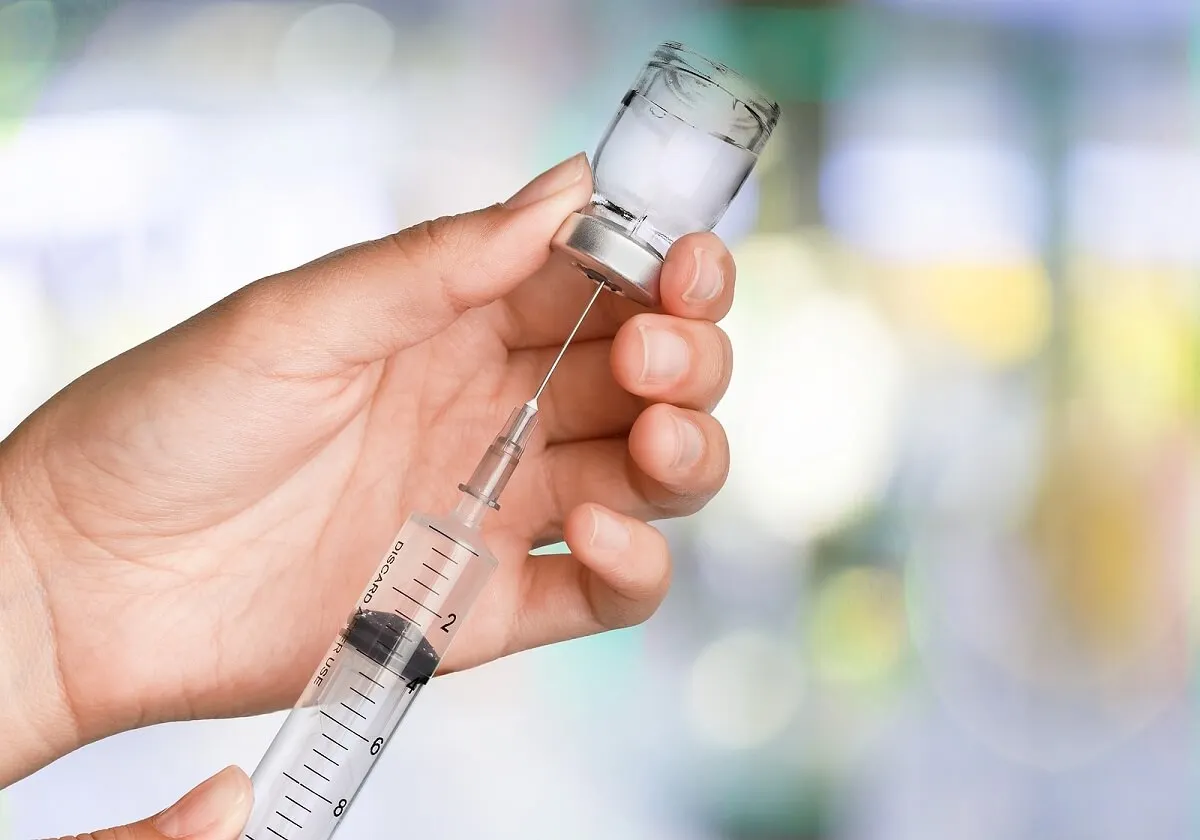Infiltrations: The Technique that Helps Relieve Pain and Injuries


Written and verified by the doctor Leonardo Biolatto
Infiltrations are well-known in the world of professional sports and are becoming more and more popular in the amateur arena. It’s common to read in the news that an athlete was infiltrated to continue a match or that their treatment was based on infiltrations to return quickly to competing again.
There are both defenders and detractors of infiltrations. The truth is that the technique goes beyond its athletic use. Many patients with rheumatic pathologies are infiltrated to reduce the inflammation and pain they suffer in their joints.
It’s also true that there can be misuse in the application, and it can generate adverse effects that are only perceived in the long term. This means that an athlete may feel great relief as soon as they’re infiltrated, which may lead them to overstrain without noticing any discomfort. But a joint that has exceeded its limits is capable of suffering damage months or even years later.
What are infiltrations?
Infiltrations are injections. The expert who applies it injects a pharmacological substance into a joint or into the periarticular tissues, with the purpose of relieving, reducing inflammation, or improving the symptoms manifested by the patient.
It’s very difficult for an infiltration to have very long-term effects. That’s why they’re almost never considered curative. In reality, they’re relief mechanisms that can work for a reasonably long time, but aren’t always definitive.
Just as infiltrations aren’t magic, neither are they considered to be the only option for sports injuries in the joints, and much less in rheumatic patients. It should always be complemented with other approaches according to the case, whether physical rehabilitation therapies or medications by other means.
There’s no single type of infiltration. The technique is classified according to the puncture site and according to the substance to be injected. However, its variants are relatively inexpensive when compared to surgery. In addition, the ease of hardening means that large technological deployments are not required for its use.

Indications for infiltrations
Certain protocols are respected in order to reach a decision on infiltration. Not all sports injuries can, or should, be infiltrated. Just as not all rheumatic pathologies benefit from injections close to the painful area.
There are 3 general conditions that help to assess the possibility of infiltrating a patient:
- When there is an inflammatory process that can respond to a local anti-inflammatory or when severe and disabling pain is reducible with analgesics or anesthetics.
- When the patient has exhausted other resources. That is to say, that consuming oral drugs or performing physical rehabilitation doesn’t show any improvement.
- When there are side effects to offering medication by other means.
If these criteria are met, then we move towards making a decision that the patient can be treated with infiltrations. Here it’s good to make a distinction between systemic rheumatic pathologies and osteo-myo-articular system injuries, among which we include sports injuries.
Discover more: Hamstring Injuries: Causes and Treatment
Infiltrations are performed on patients with the following conditions:
- Rheumatoid arthritis
- Gout
- Systemic lupus erythematosus
- Ankylosing spondylitis
- General arthritis and osteoarthritis of the shoulder, knee, ankle, and other joints.
Among the most frequently infiltrated joint and periarticular injuries we count the following:
- Adhesive capsulitis of the shoulder.
- Epicondylitis of the elbow
- Olecranial bursitis
- Carpal tunnel syndrome
- Iliopectineal bursitis
- Prepatellar bursitis of the knee
- Plantar fasciitis
- Achilles tendonitis
- Trigger fingers
When are infiltrations not recommended?
Just as there are medical recommendations for infiltrations, there are also circumstances, factors and concomitant processes that bring contraindications for the technique. This should be recognized by the medical professional to avoid complications.
Although most of these contraindications refer to situations of chronic pathologies and alterations in patients who already have problems, there are many considerations that may be relevant for an athlete. As mentioned in the introduction, an unnecessary application will result in future problems that will not be perceived until years later.
First of all, without an accurate diagnosis, infiltration should not be performed. The traumatologist must be certain about the medical condition in order to know which substance to inject, if any.
Secondly, active infections and coagulation disorders also mean the procedure shouldn’t be carried out. If the tissues to be injected into could carry bacteria into the joint, then this is a danger. On the other hand, coagulation failures could lead to the accumulation of blood inside the joint tissues.
For athletes, the biggest contraindication would be a previous history of infiltrations. If several applications have been performed with mediocre or insufficient results, there’s no point in repeating them, as the objectives won’t be achieved with repetition.
Another very useful article selected for you: 4 Remedies and Habits To Overcome Rheumatoid Arthritis Pain
What drugs can be infiltrated?
There are two types of drugs that can be infiltrated into the joints or periarticular tissues. We are talking about corticosteroids and anesthetics. Let’s look at each.
Corticosteroid infiltrations
The injectable corticosteroids that are infiltrated for sports injuries or for rheumatologic patients are depot or extended-release. This means that they’re formulated in a special way to ensure their effect lasts longer than a few days. Some last for 1 month and others for up to 6 months.
Triamcinolone is one of these drugs. In its commercial formats, the names Retard and Depot stand out. Both denote that the substance has been modified to be released slowly inside the body, once the injection has been made.
Another option is the combination of two different forms of the same corticosteroid in the same ampoule. One is the extended-release variant and the other is fast-acting, so that the patient has an immediate effect as well as the hope that the rest of the drug will work over the following weeks.
Infiltrations with local anesthetics
Placing a local anesthetic in the infiltration isn’t exclusive to corticosteroids. Quite often, this drug is used as a diluent for other anti-inflammatory drugs. It also adds analgesia.
The most commonly used are lidocaine and mepivacaine. There are even commercial presentations that are already formulated with the dilution, without the need to do it at the time of application.

Always infiltrate according to medical criteria
It’s essential to respect medical criteria for infiltrations. It’s an invasive procedure that, although minimal, has risks and isn’t always recommended for all injuries or rheumatologic problems.
There can be no substitute for a consultation with a specialist. Traumatologists and rheumatologists have sufficient knowledge to define this. And, in case of any doubts, the necessary complementary methods will be performed first.
All cited sources were thoroughly reviewed by our team to ensure their quality, reliability, currency, and validity. The bibliography of this article was considered reliable and of academic or scientific accuracy.
- González, AA Varela, M. Sánchez Díaz, and R. Miranda Cortina. “Infiltración local en patologías articulares y de partes blandas en un centro de salud.” Atencion Primaria 32.6 (2003): 388.
- Baron, D., and P. Le Goff. “Papel de los corticoides por vía intraarticular en el adulto.” EMC-Tratado de Medicina 10.3 (2006): 1-11.
- de Entrambasaguas, M., et al. “Infiltración de esteroides, férula de muñeca y fonoforesis en el síndrome del túnel carpiano.” Rehabilitación 40.4 (2006): 193-200.
- Ruíz-Jiménez, Juan-Jesús. “Efectividad de la infiltración con corticoesteroides en la epicondilitis lateral. Una revisión sistemática.” (2016).
- Suarez, Cecilia Andrea Baquerizo, et al. “Fascitis plantar. Criterios y experiencias sobre la infiltración con anestésicos locales y corticoesteroides.” Revista Cubana de Reumatología 21.3 (2019).
- Hernández González, Erick Héctor, Guillermo Pérez Sosa, and Gretel Mosquera Betancourt. “Evaluación del tratamiento con acetónido de triamcinolona más lidocaína para el dolor musculoesquelético en ortopedia.” Revista Archivo Médico de Camagüey 17.5 (2013): 558-571.
This text is provided for informational purposes only and does not replace consultation with a professional. If in doubt, consult your specialist.








